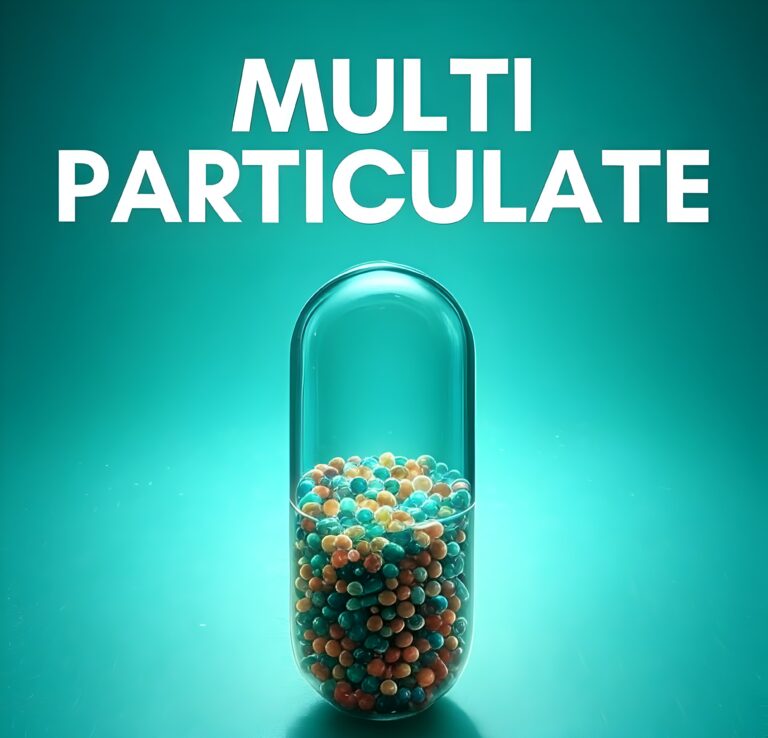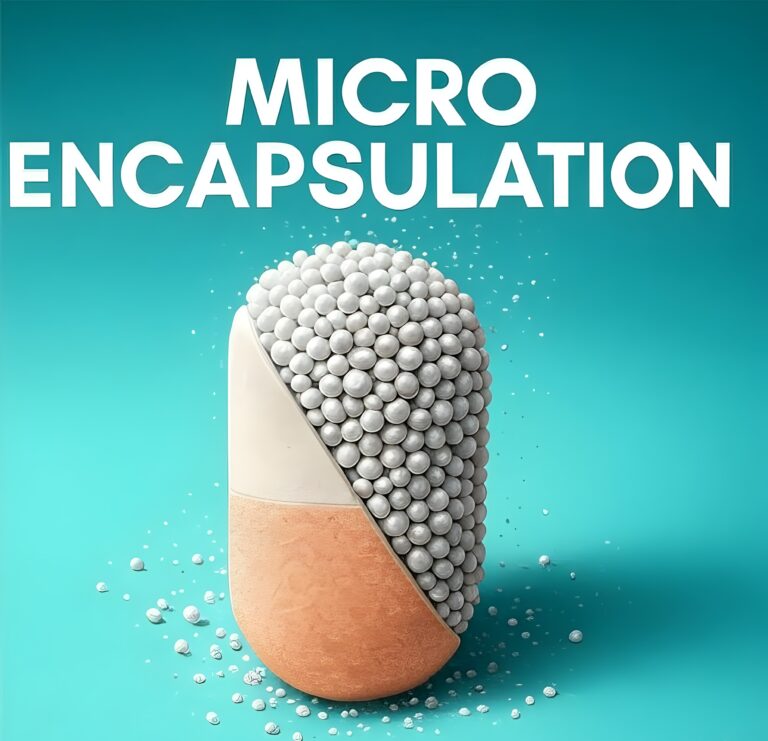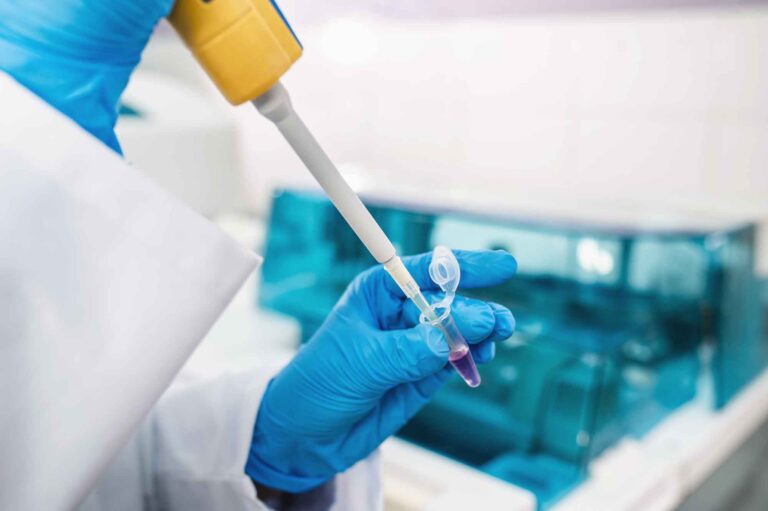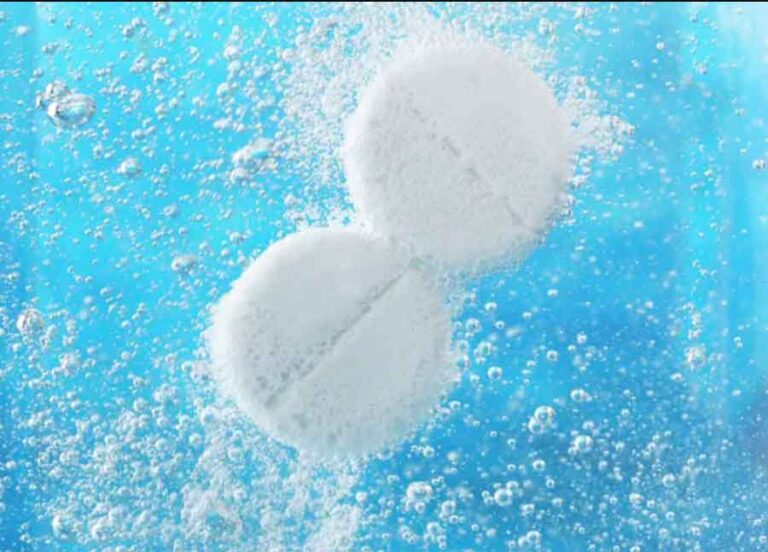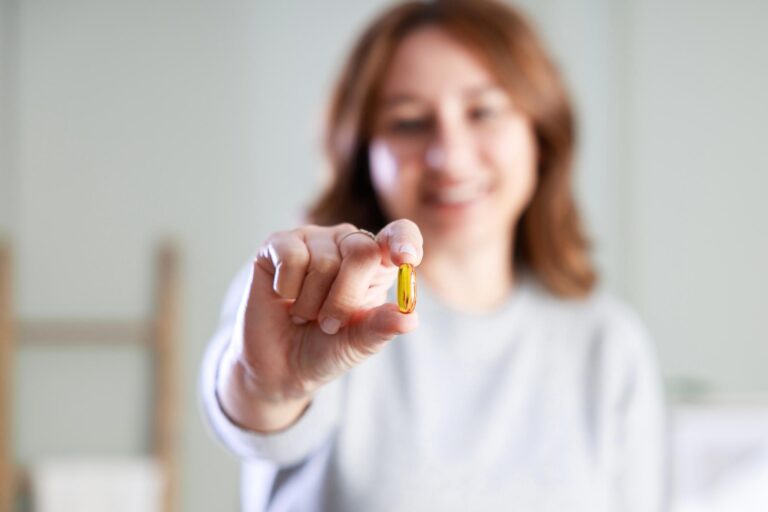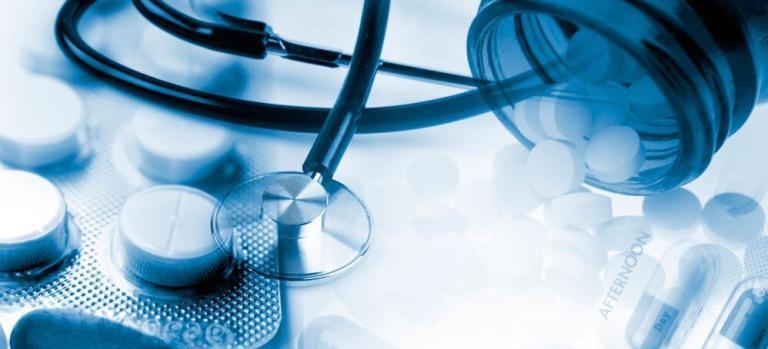Our bespoke services in amorphous solid drug dispersions (ASDs) are designed to address the specific needs of our pharma clients, ensuring enhanced bioavailability, reduced food-effect, more rapid onset, increasing the overall therapeutic efficacy for poorly water-soluble drugs.
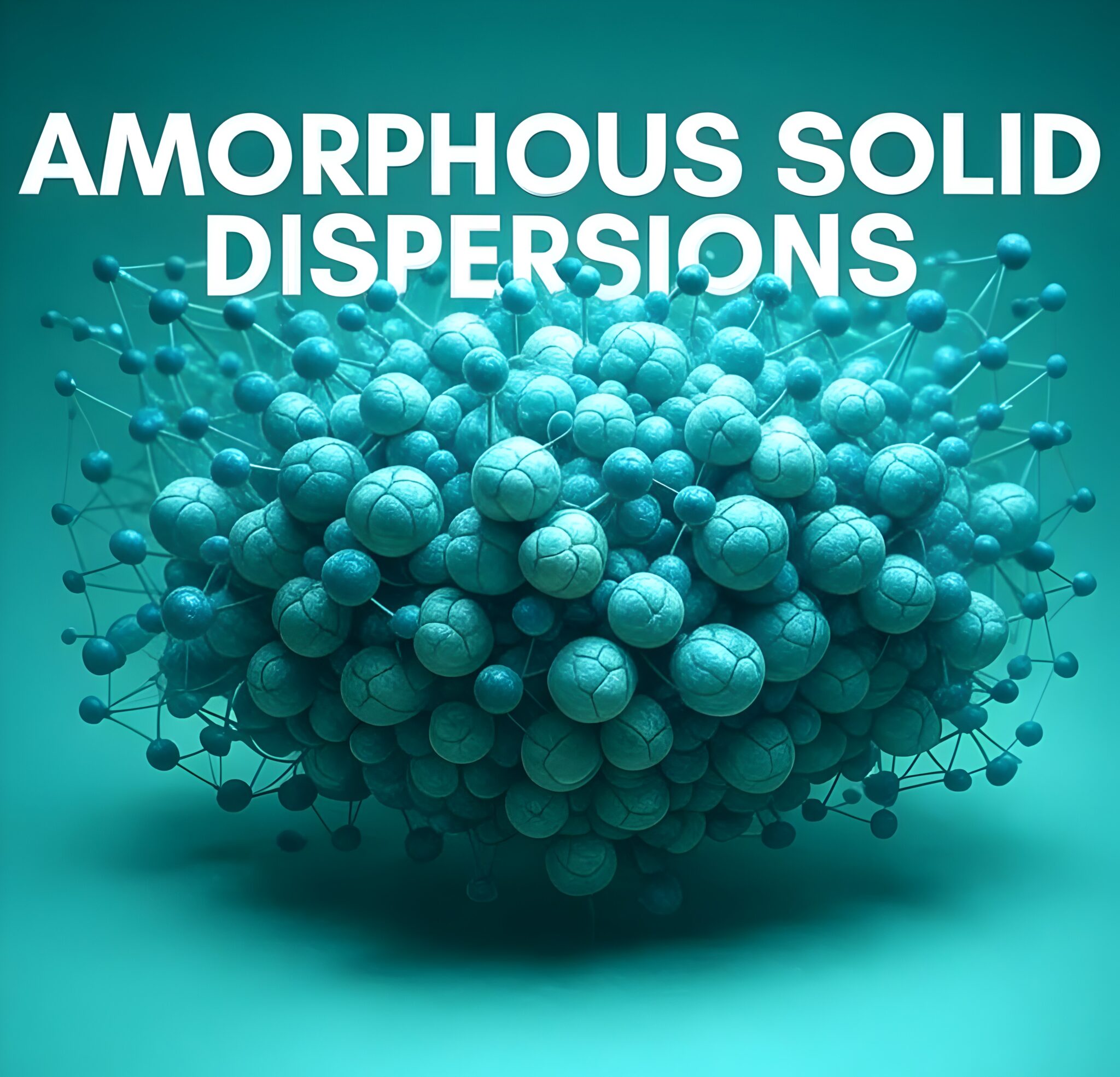
What Are ASDS?
- ASDs are a formulation technology used to stabilize amorphous drugs.
- In this method, the drug is dispersed in a carrier, thereby lowering the total energy required for the solubilization.
- An ASD is formed by mixing the Active Pharmaceutical Ingredient (API) with the polymer as a “solid solution” (miscible) usually through hydrogen bonding.
- Some of the major polymers used pharmaceutically to prepare amorphous dispersions include Polyvinyl pyrrolidone (PVP), Hydroxypropyl methylcellulose (HPMC), HPMC Phthalate, and Polyethylene glycol(PEG).
Significance
- ASDs are a popular mechanism for enhancing the solubility and bioavailability of drugs that are poorly soluble in water.
- Important drugs that treat cancer, cystic fibrosis, and organ transplant rejection, among others, use ASDs in their formulation to help overcome the solubility limitations of drugs when they are administered orally.
- The application of small molecular weight compounds may be a way to overcome some of the drawbacks of polymer-based amorphous solid dispersions, such as drug—polymer miscibility issues and large bulk volumes.
- Co-amorphous drug–drug and drug–excipient systems were recently investigated and showed promising results with regard to amorphous stability and dissolution rate.
- Orally administered drugs must dissolve in the gastrointestinal tract before they can be absorbed into the body’s circulation, and yet 40% of approved drugs are considered insoluble; nearly 90% of developmental compounds are considered poorly soluble.
- As a result, formulation scientists often formulate drugs to overcome solubility limitations. Many approaches, such as co-formulating with solubilizing agents, using salts, co-crystals, and amorphous solid dispersions, have been employed to enhance solubility.
- In the past decade, there has been an increasing realization that certain active pharmaceutical ingredients may, by virtue of their inherent physical and chemical properties, become “saturated” in solution within the gastrointestinal tract at a concentration insufficient to achieve the desired absorption into the body.
- In such instances, it is necessary to increase the number of molecules in the solution above the saturation point.
- Researchers have therefore explored ways to generate “supersaturated solutions” and thereby improve the rates of drug delivery from the GI tract into the blood stream, particularly when the drug of interest has been shown to be otherwise poorly soluble.
- The process of crystallization from a supersaturated solution can be explored through physiologically based pharmacokinetic (PBPK) modeling, and the research shows that a significant proportion of poorly water-soluble drugs go through an intermediate state prior to crystallization, first forming an amorphous phase, which is often colloidal, via the process of liquid-liquid phase separation (LLPS).
- LLPS is a thermodynamically driven, reversible phenomenon consisting in de-mixing into two distinct liquid phases, with different solute concentrations.
Formulation Development
Innovative ASD Formulations:
- Strategic use of polymers and surfactants to maintain amorphous state
- Expertise in overcoming the crystallization tendency of active pharmaceutical ingredients (APIs)
- Development of formulations that achieve and maintain supersaturation in vivo
- Supersaturation Generation: We leverage physicochemical properties to enhance solubility beyond equilibrium solubility.
- Liquid-Liquid Phase Separation (LLPS): We understand and control LLPS to prevent premature drug crystallization.
State-of-the-Art Analytical Techniques:
- Sophisticated solid-state NMR, XRPD, and DSC for comprehensive characterization
- In-depth analysis of physical stability, including hygroscopicity and glass transition temperature
- Advanced biorelevant dissolution testing to predict in vivo performance
Robust Manufacturing Processes:
- Implementation of spray drying, hot melt extrusion.
- Optimization of process parameters to ensure reproducibility and scalability
- cGMP-compliant facilities equipped for both clinical and commercial production
Manufacturing
Drug and Polymer Selection: The first step involves the selection of the drug and the polymer. The drug should have a good glass-forming ability and low-crystallization tendency. The polymer is selected based on its ability to stabilize the amorphous drug, and commonly used polymers include Polyvinyl pyrrolidone (PVP), Hydroxypropyl methylcellulose (HPMC), HPMC Phthalate, and Polyethylene glycol(PEG).
Formulation Methods: The next step is the formation of the amorphous solid dispersion. This can be achieved through various methods such as spray drying, rotary evaporation, or hot melt extrusion.
- In spray drying, a solution of drug and polymer is sprayed into a hot chamber, and the solvent evaporates, leaving behind solid particles. The result is a solid dispersion where the drug is molecularly dispersed within the polymer matrix. This process not only improves the dissolution rate of the drug due to increased surface area but also offers the flexibility to formulate the ASD into various dosage forms.
- In hot melt extrusion, the drug and polymer are heated and mixed to form a homogeneous melt, which is then cooled to form the dispersion.
Characterization Techniques: After the amorphous solid dispersion is formed, it is characterized using various techniques to confirm its amorphous nature and to understand its properties. These techniques include differential scanning calorimetry (DSC), X-ray crystallography, nano-tomography, transmission electron microscopy (TEM), atomic force microscopy (AFM), and X-ray microscopy.
Stability Studies: The final step is to conduct stability studies to ensure that the amorphous solid dispersion is physically stable over time. This involves storing the dispersion under various conditions and monitoring any changes in its physical properties over time.
Related Services
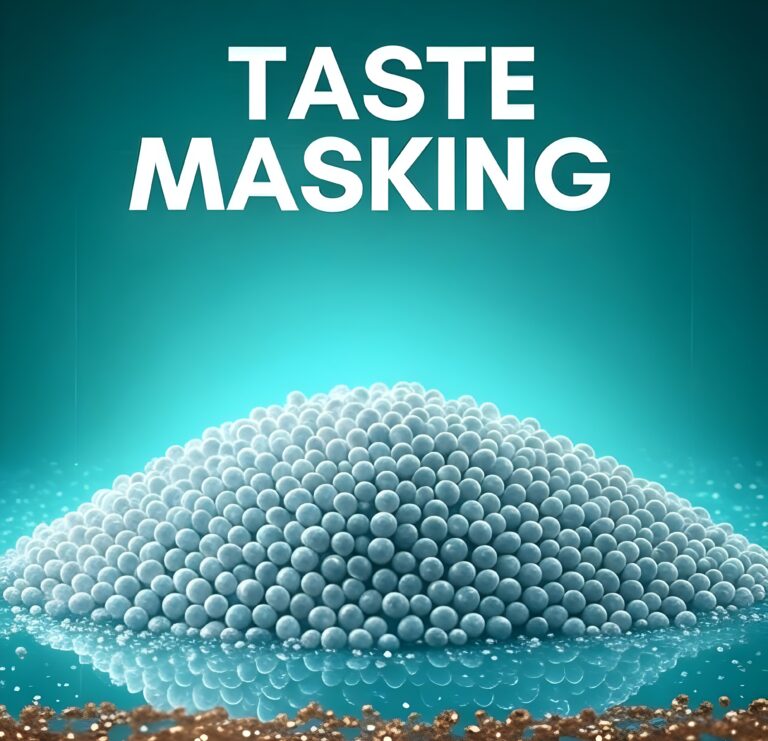


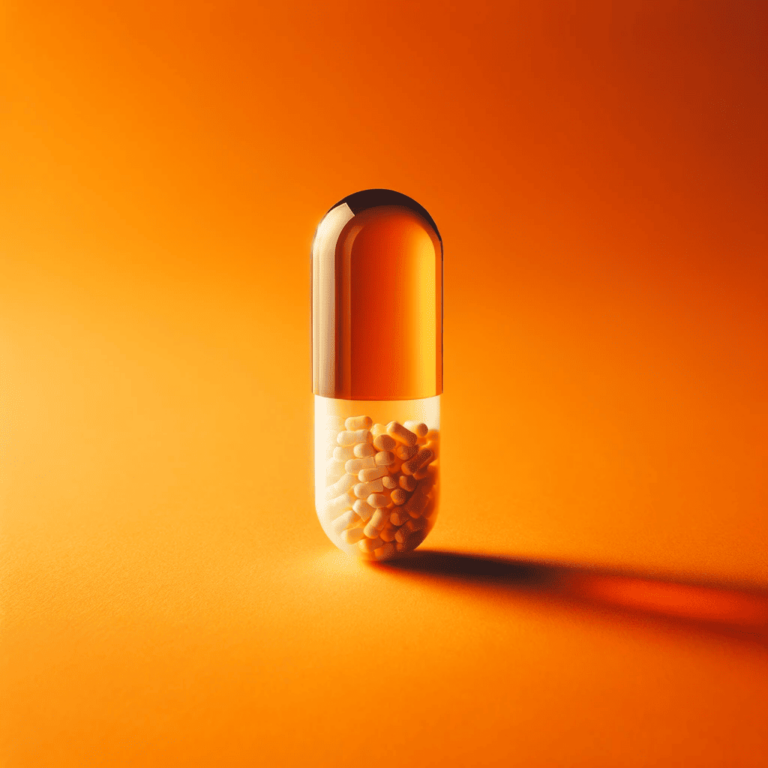
FAQs
Here are some frequently asked questions about Amorphous Solid Dispersions
An amorphous solid dispersion is a dosage form where a drug is dispersed in an amorphous polymer matrix. The drug is in an amorphous state, which can enhance its solubility and dissolution rate, leading to improved bioavailability.
Hycon uses advanced formulation techniques to create amorphous solid dispersions that can enhance the bioavailability of poorly water-soluble drugs. By converting the crystalline form of a drug to an amorphous form and dispersing it in a polymer matrix, the drug’s solubility and dissolution rate can be significantly improved.
Hycon uses a variety of polymers in their amorphous solid dispersions, including hydrophilic polymers like HPMC (hydroxypropyl methylcellulose), PVP (polyvinylpyrrolidone), and PVA (polyvinyl alcohol). The choice of polymer depends on the properties of the drug and the desired release profile.
When formulating an amorphous solid dispersion, Hycon considers factors such as the physicochemical properties of the drug, the compatibility of the drug with the polymer, the stability of the amorphous state, and the manufacturability of the dosage form.
Hycon ensures the stability of amorphous solid dispersions through rigorous testing and quality control measures. This can include stability studies under various conditions, as well as testing for physical and chemical stability. They also use appropriate packaging to protect the dosage form from moisture and light.
The manufacturing processes for amorphous solid dispersions at Hycon can include steps such as drug and polymer dissolution in a common solvent, spray drying or hot melt extrusion to form the amorphous solid dispersion, and then further processing to form the final dosage form. These processes are carried out under strict quality control to ensure the consistency and quality of the product.
Hycon uses a variety of analytical methods to test the quality of amorphous solid dispersions. These can include methods to measure the amorphous content, the stability of the amorphous state, the dissolution rate of the drug, and the compatibility of the drug and polymer.
Hycon has extensive experience in the scale-up and tech transfer of amorphous solid dispersion dosage forms. They use a systematic approach that includes process optimization, pilot-scale manufacturing, and validation batches. They also work closely with their clients to ensure a smooth tech transfer process.
Regulatory considerations for amorphous solid dispersions at Hycon include ensuring compliance with current Good Manufacturing Practices (cGMP), conducting appropriate preclinical and clinical studies to demonstrate the safety and efficacy of the dosage form, and preparing regulatory submissions.
Hycon provides comprehensive support in the development and manufacturing of amorphous solid dispersion dosage forms. This includes formulation development, analytical method development, stability studies, scale-up, tech transfer, and regulatory support. They work closely with their clients to ensure the successful development and commercialization of their products.


